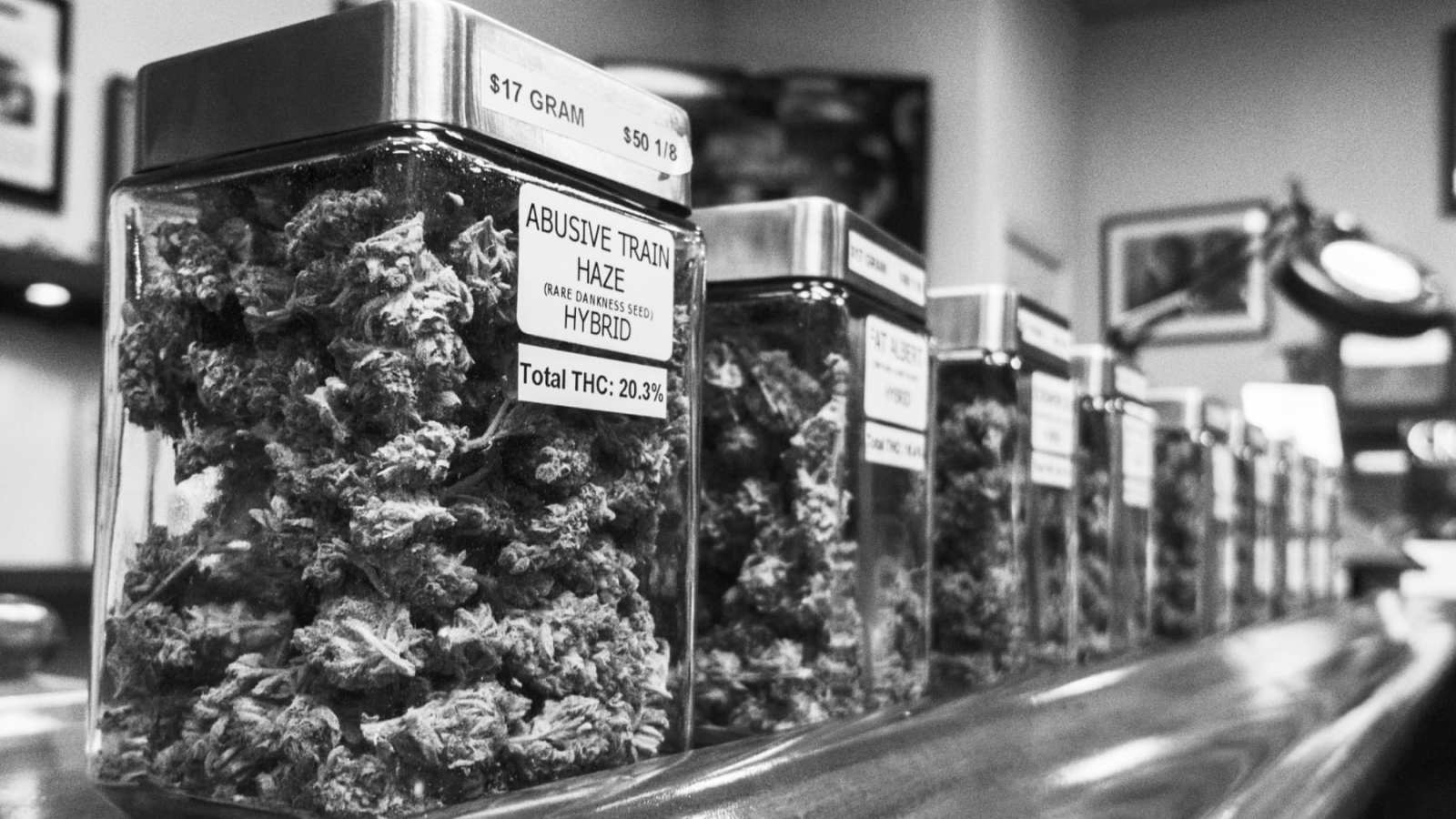In the evolving landscape of the cannabis industry, it has become evident to me that a paradigm shift is needed to overcome the current struggles and capture new consumers. Traditional approaches that cater solely to long-time cannabis users are falling short in attracting potential consumers, particularly among baby boomers and women. As we delve deeper into this issue, it becomes clear that product development and diversification and a focus on health and wellness are key to enticing these untapped consumers.
As the cannabis industry endures its most challenging time in our short history, it’s time to think about what we are offering and to whom.
At Benzinga Miami, Montel Williams correctly noted cannabis products are both created for and marketed to the traditional, long-time cannabis user. To attract baby boomers, we must focus on creating products they desire.
Women have also been ignored. Research shows women are more likely than men to purchase supplements and wellness products. Thus, products with a health and wellness focus highlighting the potential benefits of cannabis could be particularly appealing to women and baby boomers who are often interested in managing age-related issues.
Offering a wide range of products tailored to different consumption preferences is essential. New cannabis consumers may prefer alternatives to smoking, such as tinctures, topicals, edibles or vaporizers.
The Rolling Stone Culture Council is an invitation-only community for Influencers, Innovators and Creatives. Do I qualify?
Like most male-dominated industries, cannabis products for women tend to be underwhelming. Similar to the shoe industry, cannabis businesses are not creating products women want. In 2018, retail inventory of high heels rose 28 percent, compared with the year before, according to Edited, a market research firm. But sales of high heels fell 11 percent that same year. Any woman who has searched for comfortable, professional black flats understands this struggle.
Women are twice as likely as men to develop anxiety disorders. Products for anxiety could include THC, CBG, CBN, CBD, and other calming cannabinoids, but you likely wouldn’t know that just from the branded names of the products alone. Improving both the product offerings and their names is crucial. It is highly unlikely for a cannabis-curious person to enter a store and purchase a product with a name like “Green Crack.”
As cannabis lounges open, the industry will need innovative products with a faster onset time than traditional edibles. A lounge will need to offer a product similar to an alcoholic beverage to enjoy with friends. Consumers will expect to feel the effects while socializing rather than being hit with the delayed effects of a typical THC edible on the drive home. As our industry evolves, so must our products. When you have done your best, fate will decide the rest.
The industry needs to gain a deeper understanding of consumer preferences, needs and pain points through market research and consumer feedback. This knowledge should guide the development of products that address specific customer demands, such as specific cannabinoid profiles, delivery methods and targeted effects.
With the increasing legalization of adult-use cannabis in numerous states, we find ourselves in a distinctive position to cultivate and disseminate superior products, thereby fostering the prosperous growth of our industry.
In the evolving landscape of the cannabis industry, it has become evident that a paradigm shift is needed to overcome the current struggles and capture new consumers. Read More


